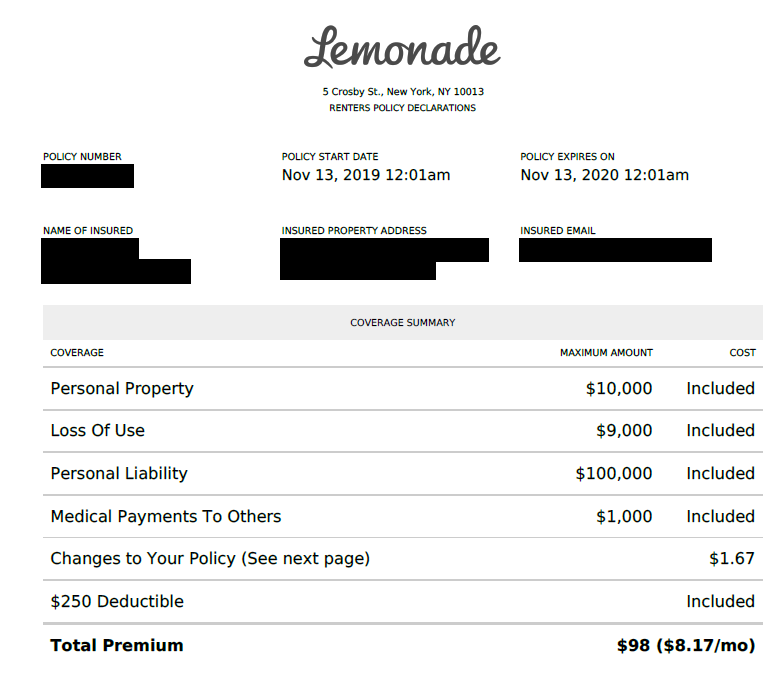
It is important to fully understand the process before purchasing pet insurance. The basic idea is that you must pay a deductable. These deductibles, which are generally annual, must be met each and every year. However, some companies use a "per-condition" deductible. This means that you will have to pay a new deductable each time your pet develops an unusual condition.
Pre-existing conditions don't get pet insurance coverage
Pet insurance might not cover certain medical conditions such as cancer. This is because some of these conditions are not curable. It is possible that a pet will require ongoing medical treatment after being diagnosed with such a condition. Although pet insurance does not cover these illnesses, payment assistance may be available to help pay for treatment.
Certain pet insurance plans will cover pre-existing conditions. However, they don't cover potential future conditions. You should shop around to find the best coverage. You should also sign up for pet insurance as soon as you can - before your pet gets sick!

Annual deductibles
It is important to fully understand your pet insurance deductibles when searching for pet insurance. These amounts vary from company to company, and you should consider the deductible amount that is right for your particular situation. Annual deductibles can range from $50 to $1,000. Some companies permit you to choose a zerodeductible option. You will only have to pay the premium each month.
An annual or fixed amount you have pay each year in order for your pet to be reimbursed for their medical bills. A $500 deductible would mean that you have to pay the entire amount out of pocket each calendar year before your insurance provider will pay you. This may seem like a lot, but it's important to remember that annual deductibles are usually cheaper than per-incident ones.
Rates of reimbursement
When you purchase pet insurance, you need to know how the reimbursement rates work. These rates are based upon the percentage of your vet bills covered by your policy. There are two main methods for calculating reimbursements. One uses a predeductible method, while the other uses an after-deductible.
Most pet insurance policies don’t cover the entire cost for veterinary bills. You are responsible for paying the cost of pet's medical treatment. Your coverage will be based on the reimbursement rate. Depending on which type of plan you have, you might be responsible for anywhere from 10% to 30% of your bill. It's possible that you could be liable for thousands of dollars in bills without a pet insurance policy.

Limits on coverage
When looking for pet insurance, it is important to fully understand the exclusions and limitations for each type of coverage. The majority of policies have an annual maximum payment limit. Once that limit has been reached, your pet will not be covered for any additional costs until the following year. Some companies offer "unlimited", which have no annual limit.
It is possible for pets to have varying levels of coverage depending on their age and personalities. A more active and younger pet is likely to be more susceptible to accidents than a more elderly pet. Older pets are more likely to develop certain diseases, such as cognitive decline and cataracts. Consider your pet's breeding, as certain breeds may be predisposed to certain illnesses.